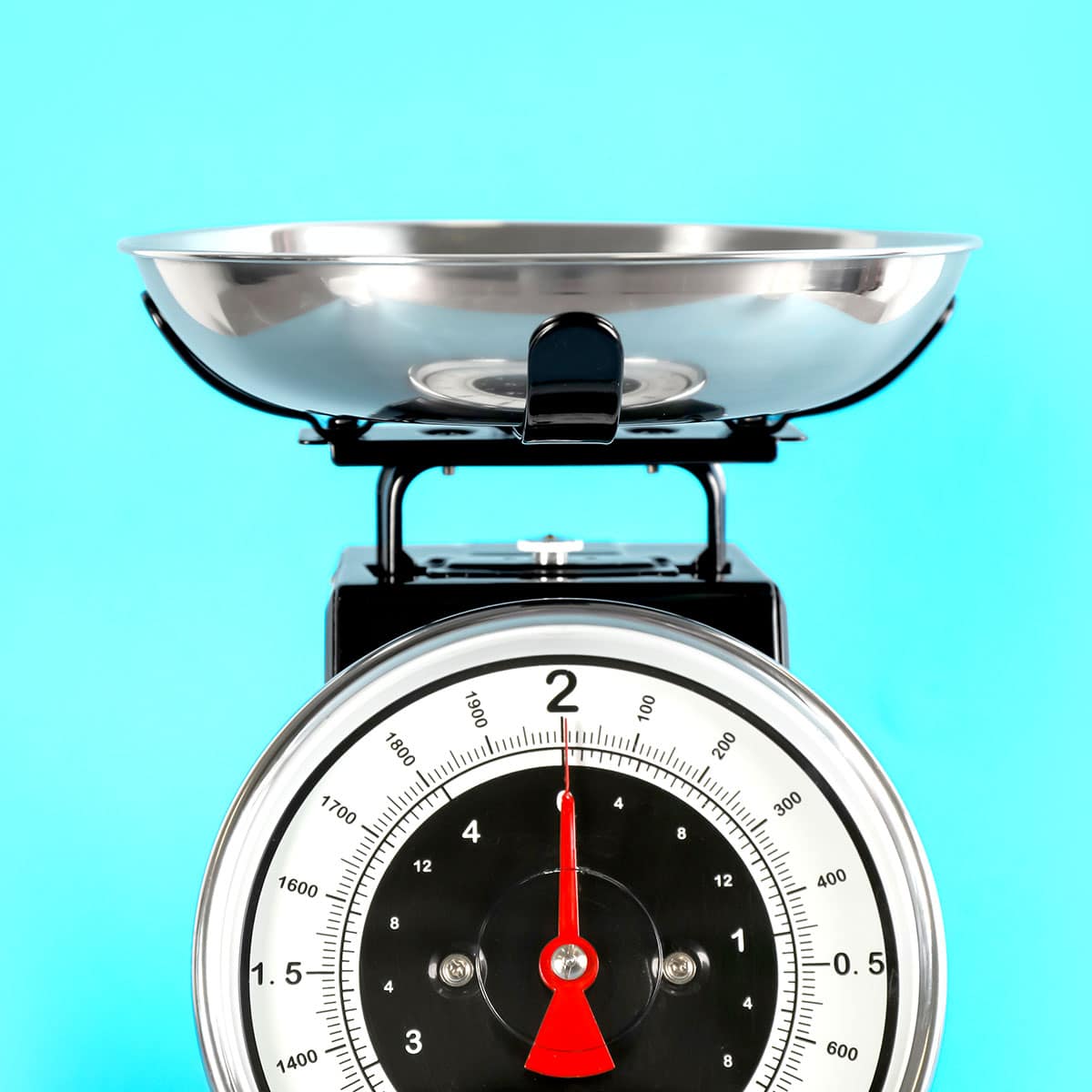
In the realm of measurements, conversions can sometimes feel like deciphering a cryptic code. Among the various units of weight, the ounce and the kilogram stand as prominent figures in different parts of the world. While ounces are more commonly used in the United States and some other countries adhering to the imperial system, kilograms dominate much of the globe under the metric system. Yet, for those navigating between these systems, understanding the relationship between ounces and kilograms can often seem like unlocking a mysterious puzzle. Let’s delve into this enigma and shed light on the conversion from ounces to kilograms.
The Imperial vs. Metric Divide
Before we delve deeper, it’s crucial to understand the fundamental distinction between the imperial and metric systems. The imperial system, which originated in the British Empire, utilizes units like inches, feet, pounds, and ounces for measurements. On the other hand, the metric system, devised during the French Revolution, employs units such as meters, kilograms, and liters, offering a more streamlined and universally applicable method of measurement.
Cracking the Code: Converting Ounces to Kilograms
The conversion between ounces and kilograms requires a basic understanding of their respective magnitudes. An ounce (abbreviated as oz) is a unit of weight or mass in both the imperial and US customary systems of measurement. In contrast, a kilogram (abbreviated as kg) is the base unit of mass in the metric system, widely used across the globe due to its simplicity and coherence.
To unlock the mystery of converting ounces to kilograms, one must recognize the following conversion factor: 1 kilogram equals approximately 35.274 ounces. Utilizing this conversion factor, the process becomes straightforward. To convert ounces to kilograms, simply divide the number of ounces by 35.274. Conversely, to convert kilograms to ounces, multiply the number of kilograms by 35.274. This conversion factor acts as the key to unlock the mystery, providing a bridge between the imperial and metric realms of measurement.
Practical Applications and Importance
Understanding the conversion between ounces and kilograms holds significant practical implications across various domains. In fields such as international trade, science, and cooking, precise measurements are paramount, and the ability to seamlessly convert between different units of weight facilitates communication and ensures accuracy.
For instance, in scientific research, where precision is essential, measurements often need to be expressed in kilograms for consistency and comparability. Similarly, in culinary arts, recipes may originate from different parts of the world, necessitating conversions between ounces and kilograms to achieve desired outcomes in cooking and baking.
Moreover, in the context of global commerce, standardized measurements play a crucial role in trade agreements and negotiations. Consistent conversion between ounces and kilograms ensures transparency and fairness in transactions, benefiting businesses and consumers alike.
Conclusion: Unraveling the Enigma
In the realm of measurements, the conversion between ounces and kilograms serves as a quintessential puzzle waiting to be solved. By understanding the fundamental principles and employing the appropriate conversion factor, individuals can unlock this mystery and navigate seamlessly between the imperial and metric systems of measurement.
As we unravel the enigma of ounces and kilograms, we gain not only a deeper comprehension of measurement systems but also a practical skill with wide-ranging applications. Whether in the laboratory, the kitchen, or the marketplace, the ability to convert between ounces and kilograms empowers individuals to communicate effectively, conduct accurate analyses, and engage in commerce on a global scale. So, the next time you encounter the question, “How many ounces in a kilogram?” remember, it’s not merely a mystery—it’s a puzzle waiting to be solved.





